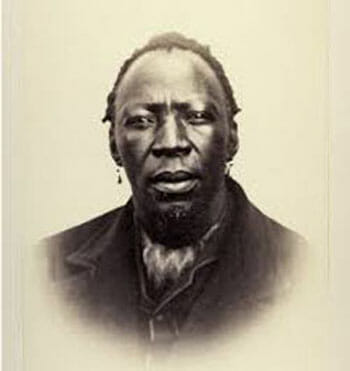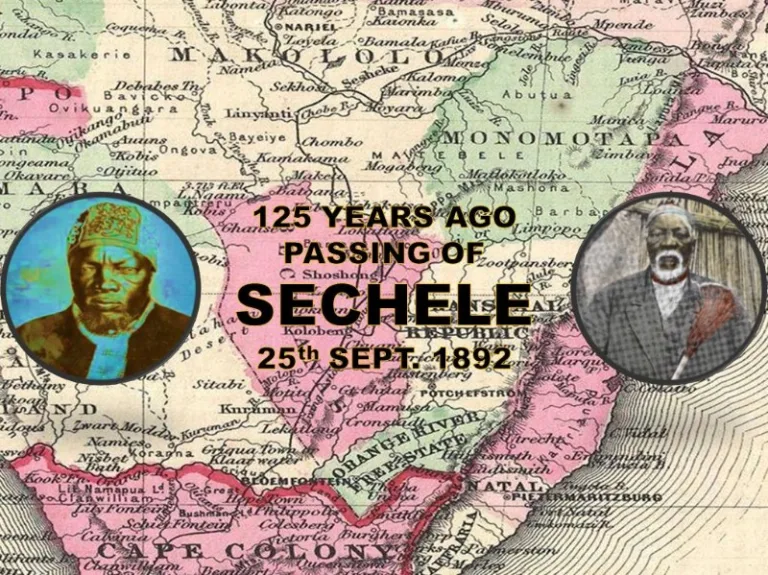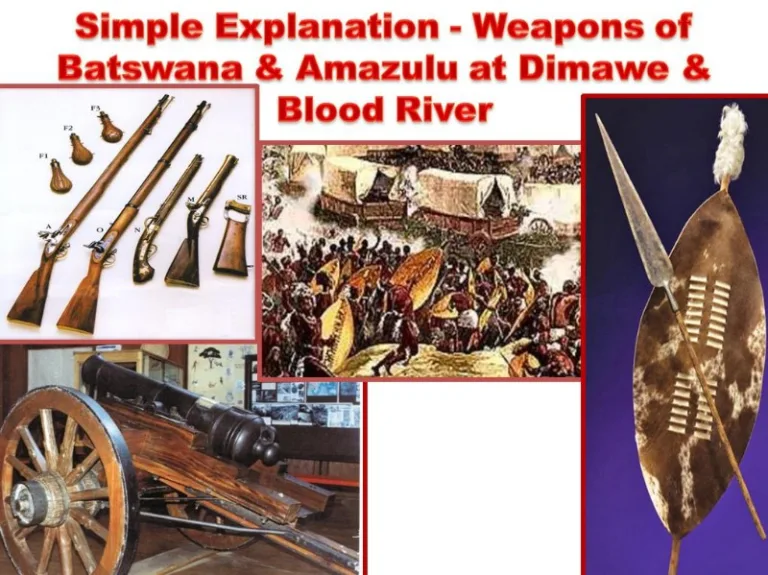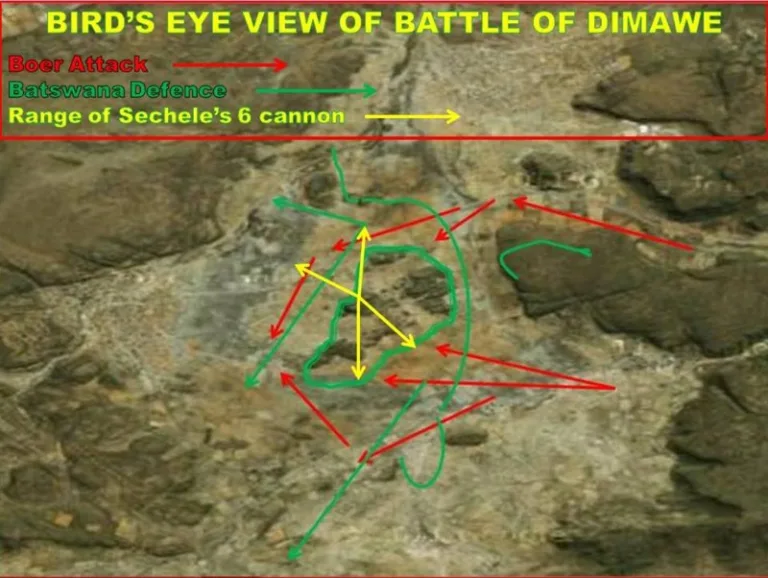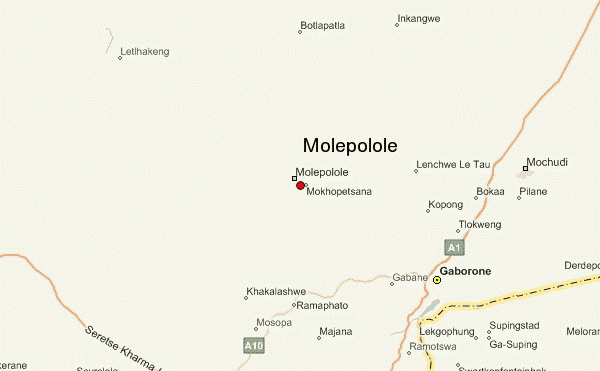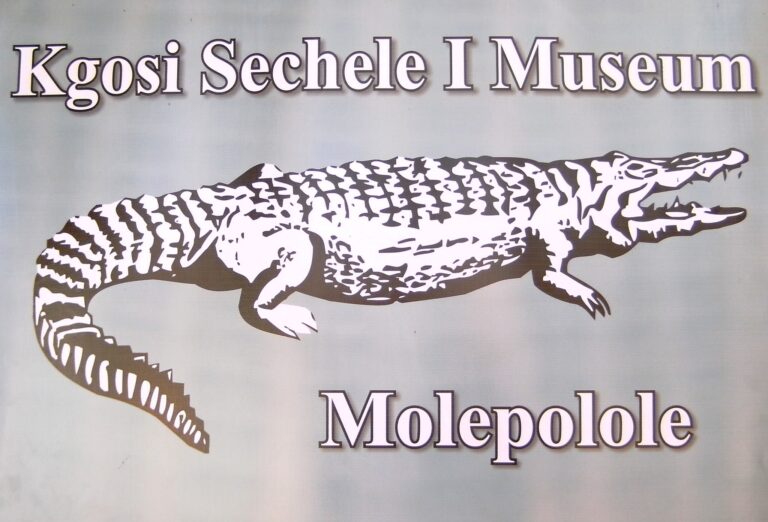AFRICA Listing Details
Africa listing details. ProdAfrica Business Directory is the best way to make business in Africa. We connect Europe and Africa. Your listing is visible now.
VERIFIED LISTING PUBLIC COMPANY OR LOCATIONValue sectors where we participate
Specializations or competitive advantages
Who we are
Author: Mr. Jeff Ramsay
“Rramokonopi wabo Kgosidintsi (Kgosi Sechele I), otlhotse akonopano le Poulwe (Paul Kruger); erile motshegare Poulwe alapa, gasala gokonopa Rramokopi”.
- The above opening stanza from a praise poem about Sechele’s stand at Dimawe captures the essence of the battle that fought 164 years ago this week. On the 30th of August 1852 Paul Kruger, as an officer leading the Boer advance, and Sechele quite literally shot at each other all day, with artillery and long range rifles as well as musket fire.
- The Battle of Dimawe was the pivotal showdown in the Batswana-Boer War of 1852-53. During the conflict a coalition of merafe [Bakwena, Bangwaketse, Bangwato, Bakaa, Balete, Barolong, Bakgatla bagaMmanaana, Bahurutshe, and Batlokwa] united under Sechele’s leadership in a seven month armed struggle against the Transvaal Boers.
- Although the Boers began the hostilities, by invading south-eastern Botswana, it was they who ended up on the defensive.
- The Boer commando of just over 1,000 arrived at Dimawe on Saturday the 28th of August 1852. There in addition to the Bakwena, they found mobilized against them the Mephato of the Bangwaketse, BagaMmanaana, and Bakaa, altogether numbering some 3000.
- The Boer Commandant-General, Pieter Scholtz demanded that Sechele turnover the BagaMmanaana Kgosi Mosielele and agree to submit to Transvaal authority. Sechele replied:
“Wait till Monday. I shall not deliver up Mosielele: he is my child. If I am to deliver him up, I shall have to rip open my belly; but I challenge you on Monday to show which is the strongest man. I am, like yourself, provided with arms and ammunition, and have more fighting people than you. I should not have allowed you thus to come in, and would have assuredly fired on you; but I have looked into the book [the Bible], upon which I reserved my fire. I am myself provided with cannon. Keep yourself quiet tomorrow, and do not quarrel for water till Monday; then we shall see who is the strongest man. You are already in my pot; I shall only have to put the lid on it on Monday.”
- A two day truce was thus arranged during which a number of Boers joined Batswana for Sunday prayers held at what today is known as “Livingstone’s Tree” (in Manyana), led by a local preacher named Mebalwe. Later Scholtz noted of the occasion:
“We humbled ourselves before the Most High, who delivers both the weak and strong, and jointly beseeched Him to be merciful to us.”
- Meanwhile, the two leaders exchanged messages. Sechele asked Scholtz for some tea and sugar, in return offering the General gunpowder if he “had not brought enough with him for a long fight.” Scholtz replied he would “soon give Sechele chillies instead.”
The Bakwena also volunteered to show the Boers where to avoid mogau, as their oxen would surely soon belong to Sechele.
- Face-to-face negotiations on Monday morning ended in deadlock, when Sechele once more refused to surrender Mosielele and accept the Transvaal Boer President Andries Pretorius as his overlord.
- Under cover of their artillery the Boers then advanced on the Batswana entrenchments from behind impressed Bahurutshe auxiliaries, using them as human shields. Sechele instructed his men not to fire on their hapless brothers, thus gaining their subsequent allegiance.
- Various accounts of the battle, including those of Scholtz and Kruger, are consistent in observing that although the initial assault succeeded in scattering many of the defenders, while setting fire to the village, the battle turned into a day long stalemate.
- Scholtz correspondence further speaks of a six hour assault on Sechele’s battery atop Boswelakgosi hill, concluding:
“By nightfall; and with the enemy still holding a rocky hill of caves I was obliged to withdraw my men and return to laager.”
- While Sechele’s cannon provided a focal point for the Boer assault, various sources further underscore the impact of the invaders cannonade and light artillery (swivels). From a September 1852 account by Livingstone:
“On Monday they began their attack on the town by firing with swivels. They communicated fire to the houses. This made many of the women flee and the heat became so great the men huddled together on the little hill in the middle of the town – the smoke prevented them from seeing the Boers though the latter saw them huddled in groups. They killed 60 Bakwains and 35 Boers fell – and a great number of horses. Sechele shot 4 Boers with his two double barrelled guns. When they made a dash at the hill, one bullet passing through two men, and a bullet went through the sleeve of his coat…”
- The above account dovetails with Kruger’s own recollection that his life had been in danger when an enemy bullet fired “from a huge rifle” passed through his jacket, tearing it in two. Subsequent folklore on both sides maintains that Kruger miraculously escaped Sechele’s shot, while affirming Sechele’s own brushes with death.
- New evidence of Sechele’s use of high calibre hunting rifles armed with conical shot, moreover, lends greater plausibility to Sekwena traditions extolling his personal, as well as command, role.
- Four days after the standoff, on the 3 September 1852 (i.e. 164 years ago today) General Scholtz commando voted to return to the Transvaal. The decision to retreat followed a further failed attempt to dislodge Senthufe’s Bangwaketse from Kgwakgwe, as well as an abandoned move on Sechele’s fallback position at Dithubabruba.
- On the 12th of September 1852 Scholtz reported to Pretorius: “I must regretfully inform you that I have been obliged to disband the commando, owing partly to the weakness of horse and oxen and partly to opposition among the men, who would not stay on any longer…I also had an attack upon Senthufe, but there was no time to do it properly. Moreover I greatly fear, since I cannot keep the commando [intact] to accomplish anything, that the Marico district will be unsafe. This will compel me to remain with groups pending further developments because things have not worked out to my liking.”
- Scholtz’s words proved to be prophetic for in the months that followed Kgosi Sechele and his allies launched retaliatory raids throughout the western Transvaal. As a result the Boers were forced to abandon their farms and regroup into fortified laagers for their safety. By November of 1852 the English trader Edward Chapman was noting in his diary:
“All the Boers are still in laager, they have been in laager a long time.
They dare not venture out on their farms for fear of Sechelli. Their cattle are dying fast being too many together, and disease is amongst them. Two or three females died in laager.”
- A contemporary account in the South African Commercial Advertiser, which was republished in other newspapers of the time, further noted:
“That the natives had united in a strong body, followed up the retreating force of Boers, and fallen upon the farmers in the Mirique district, (through which the commando retreated,) and everyone of these has been obliged to fall back with the commando upon the Mooi River. Great destruction, of course marked the progress of the conquering natives. Every homestead has been burned, and standing corn ripe for sickle, together with vineyards and gardens, which were then in full bloom, have been entirely destroyed.”
- The Supreme Boer leader Andries Pretorius bitterly complained that it was Boer disunity, as well as Batswana guns, that were making it impossible to stem the Batswana raids into the Marico District. An extract from his statement:
“Commandant Scholtz asked me to urgently send reinforcements to him at Marico. But this was impossible for me because I had barely 400 hundred men and I did not know how numerous the enemy would be; so I could not take the risk to diminish my unit. This I reported to Commandant L. Van Wyk and the Veldcornet of Zwartruggens, and gave the order that they should march out with as many men as they could gather, but the order was not followed; and this might be the reason why a big portion of the land has been abandoned and now lies fallow Upon returning I realized that Commandant Schoeman was on his way to Groenfontyn and camped near Maricoo; so I sent him an order to come to Maricoo, for he had his men together, and to stay until I could rebuild my ranks and march there myself; but this order, too, was not followed. If this segmentation persists we small number will be surrounded by dozens of enemies, be defeated and vanish. Even if we are united our task is difficult, but with this disunity it has become impossible.”
- In January 1853 Jan Viljoen met with his wounded, ailing President, Andries Pretorius, and obtained from him a blessing to take up Sechele’s offer of peace talks. Sechele had made such talks conditional on the release of his son Kgari, who had been captured and enslaved. As a result Pretorius, himself, purchased Kgari from a certain Johanes Oelfse for 200 Rix dollars.
- Viljoen then set out to rendezvous with Sechele’s senior brother, Kgosidintsi, at Motito. While thus in route “the presuming Scholtz”, who wished to sabotage any negotiations. In anger Viljoen publicly told Scholtz “the thunder would fetch him.”
- That same afternoon, as a Raad or gathering of Boers assembled to listen to Schotlz’s call for continued war, lightening struck the laager’s gunpowder magazine killing twelve in a massive explosion.
- According to James Chapman’s diary, Scholtz was found “sitting on a case of 75 lbs. of gunpowder, and the lightening penetrated between the box and his body; his legs and sides were burnt, and he stooped like a man of 90.”
- Nonetheless alive, Scholtz exclaimed that the Lord in heaven had spoken in favour of Viljoen’s peace initiative!
- Thus it was that in late January 1853 Vijoen was able to rendezvous with Kgosidintsi at Motito, which by the following month had resulted in an effective ceasefire between the Transvaal Boers and the western Batswana alliance. In the months that followed there were a number of incidents but no further outbreak of full scale fighting.
- Subsequent reconciliation culminated in Sechele’s January 1860 visit to the Potchefstroom home of the by the Transvaal President Marthinus Pretorius (son of Andries), where the two are said to have toasted the New Year together. The boundary that prevailed at the end of the conflict still forms Botswana’s eastern frontier with South Africa.
